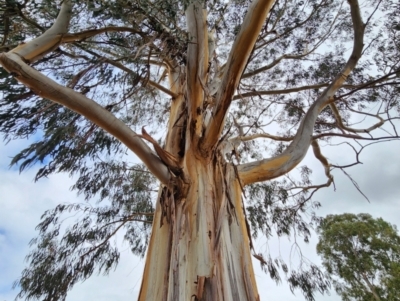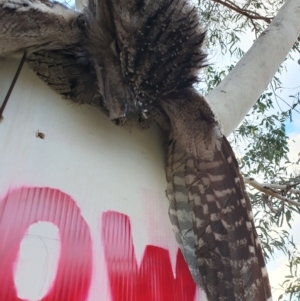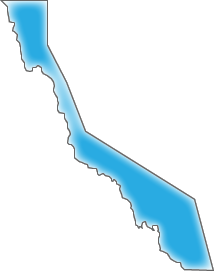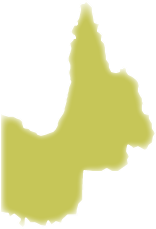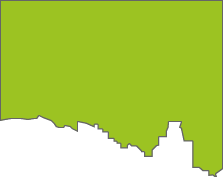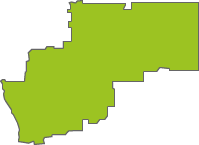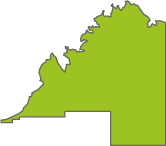Top species richness
Announcements
Hi everyone,We are excited to announce that NatureMapr ACT based data has started to feed into the new Biodiversity Data Repository (BDR) being established by the Department of Climate Change, Energy,...
Continue reading
NatureMapr Data Management and Privacy Policy update
Exciting mobile app updates under way
CALLING ALL TESTERS: Update 4.4.0
Discussion
Unidentified Cap on a stem; gills below cap [mushrooms or mushroom-like]
Chlorophyllum sp.
Leratiomcyes ceres
and This is an example where a view (or a comment about) the underside would settle things
Stereum hirsutum
Significant sightings
- Eucalyptus bridgesiana at Kowen, ACT
- Oxypetalum coeruleum at Oakey Hill
- Eucalyptus fastigata at Namadgi National Park
- Eucalyptus globulus subsp. bicostata at Kingston, ACT
- Percassa rugifrons at Kosciuszko National Park
- Pomaderris pallida at Bullen Range
- Veronica grosseserrata at Lower Cotter Catchment
- Myrtus communis subsp. tarentina at Urambi Hills
- Sauroconcha gulosa at Broughton Vale, NSW
- Araujia sericifera at Red Hill Nature Reserve
Latest identifications
Boletellus sp. at Tidbinbilla Nature Reserve
Sanguinoderma rude at QPRC LGA
Laccocephalum hartmannii at Sullivans Creek, Acton
Macrolepiota clelandii at Aranda, ACT
Oudemansiella 'radicata group'
Chlorophyllum sp. at National Arboretum Forests
Pavonia hastata at Cooleman Ridge
Top contributors
- AlisonMilton 12.4K
- trevorpreston 12.2K
- michaelb 10.2K
- Tapirlord 9.5K
- RodDeb 9.2K
- Mike 8.3K
- KylieWaldon 6.2K
- kasiaaus 6.1K
- jb2602 6K
- MatthewFrawley 5.5K
Top moderators
- MichaelMulvaney 42.6K
- Tapirlord 22.1K
- natureguy 15.1K
- donhe 12.6K
- Liam.m 11.7K
- michaelb 11.6K
- ibaird 10.7K
- KimPullen 7.9K
- MatthewFrawley 5.8K
- AlisonMilton 5.3K
Explore Australia by region
Australian Capital Territory
Canberra & Southern TablelandsNew South Wales
Albury, WodongaCanberra & Southern Tablelands
Central West NSW
Far West New South Wales
Greater Sydney
Hunter Region
New England
New South Wales North Coast
Riverina Murray
South Coast
Southern Highlands
Northern Territory
Central and BarkleyTop End and Big Rivers





